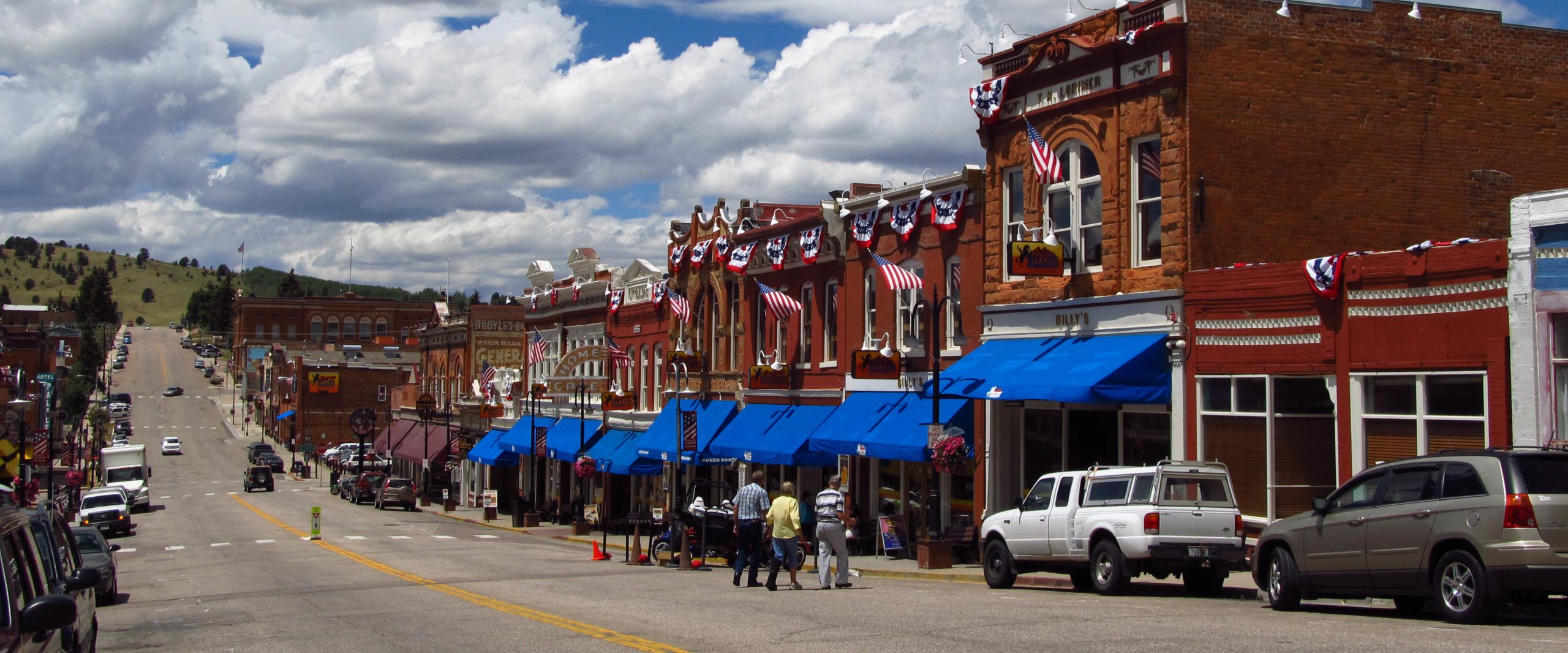Data Analysis Interagency Collaboration Jail Populations January 25, 2017
Earlier this month, the Vera Institute of Justice published a special report on the massive jail in Scranton, Penn. The Lackawanna County jail, in Scranton, is 15 times larger than it was in 1970 and the incarceration rate is now twice as high as nearby New York City.
This is not an anomaly: the rise of jail incarceration has been most acute in the smallest U.S. counties like Lackawanna County, which has only 213,000 residents. What’s more, jails in small counties continue to grow, as they shrink in the largest cities across the country.
According to data released by the Department of Justice earlier this year, since 2005 jail incarceration rates increased 6 percent in small counties, or those with fewer than 250,000 residents. Across the country, when towns and small cities are confronted with overcrowded jails, they often look to expand capacity, rather than take steps to reduce the jail populations (see, for example, Douglas County, Kansas; Rush County, Indiana and Portage County, Wisconsin).
In contrast, jail incarceration rates declined 10 percent in mid-sized and large counties over the last decade. And in many cities, the decline from their peak jail population has been stunning: 42 percent in San Francisco, 28 percent in Milwaukee, 65 percent in New Orleans, 36 percent in Miami, and 44 percent in New York City. In 2013, 44 percent of the U.S jail population was in small counties where just 36 percent of Americans reside. If this trend holds, then by 2021 half of the U.S. jail population will be in small counties.
What’s behind these different reactions to growing jail populations? One possibility is that policymakers and the public in small counties have been “driving without a speedometer,” so to speak. The jail population today is often the only metric that exists in the public dialogue and no one even knows how much the jail has grown or whether it is an outlier.
Big cities know who their peers are and where to find comparable data. Too often, smaller counties do not study their trends and the trajectories that other counties have taken, which makes it seem like expanding their jail capacity is the only choice.
The first step towards reform is recognizing there is a problem. But before considering jail expansion, policymakers and the public need to first take stock of how fast they have been “driving.”
The Incarceration Trends data tool that my colleagues and I created—with support from the Safety and Justice Challenge—is designed to fill this knowledge gap, so that policymakers and the public in every county can examine their jail trends. In fact, it’s through this data that Vera decided to investigate the jail in Scranton, which the tool revealed to be representative of the outsized growth and racial disparities that are commonplace in small counties.
For too long, journalists, researchers, and advocates have been ignoring these places. It’s hard for a jail with only a couple hundred beds look like a “problem” when compared to the thousands of jail beds in places like New York, Chicago, and Los Angeles.
But although jail populations in each small county don’t come close to matching their mid-sized and large county counterparts, it is the small counties which hold a disproportionate share of the jail population. There are more than 2,500 such counties — so the numbers add up quickly.
As a result, ending mass incarceration means that reform is necessary in all counties.
This post originally appeared in The Hill.


